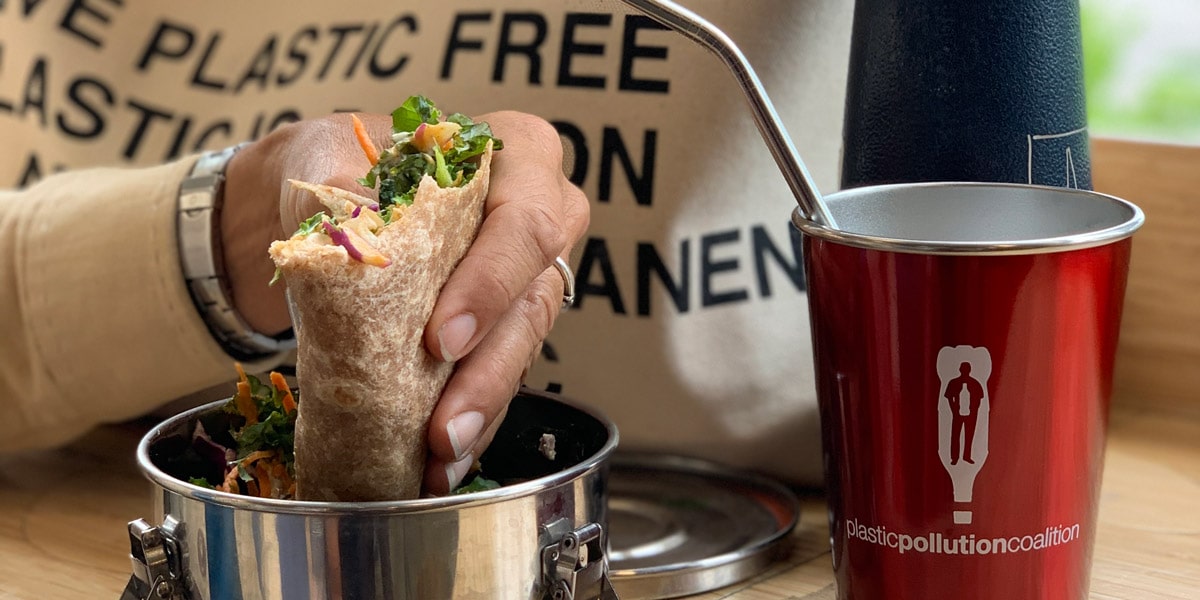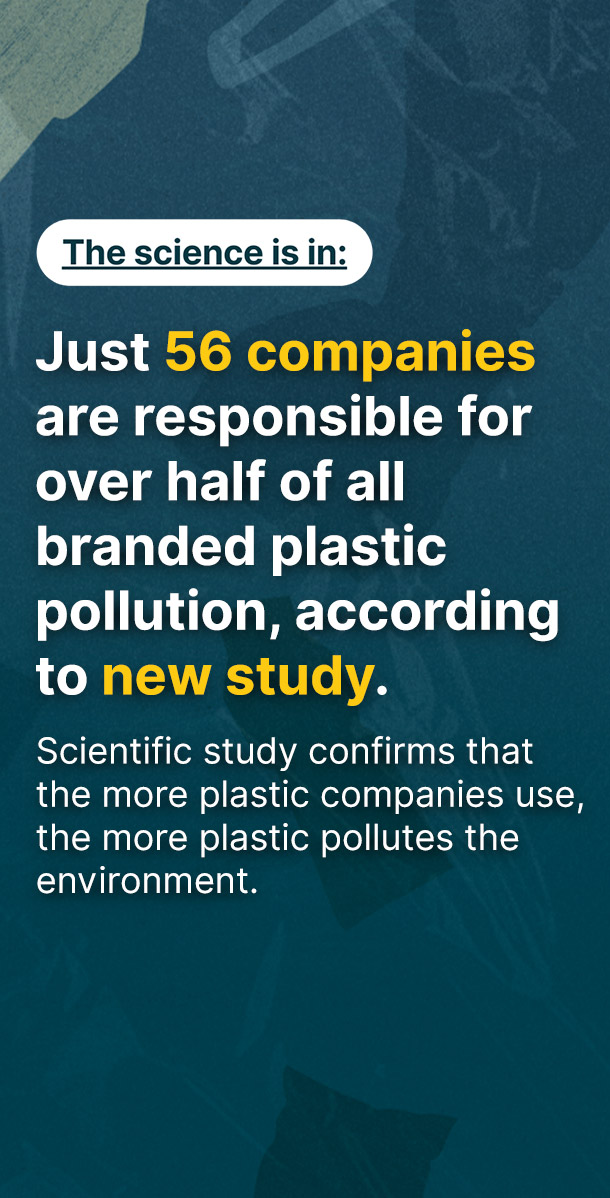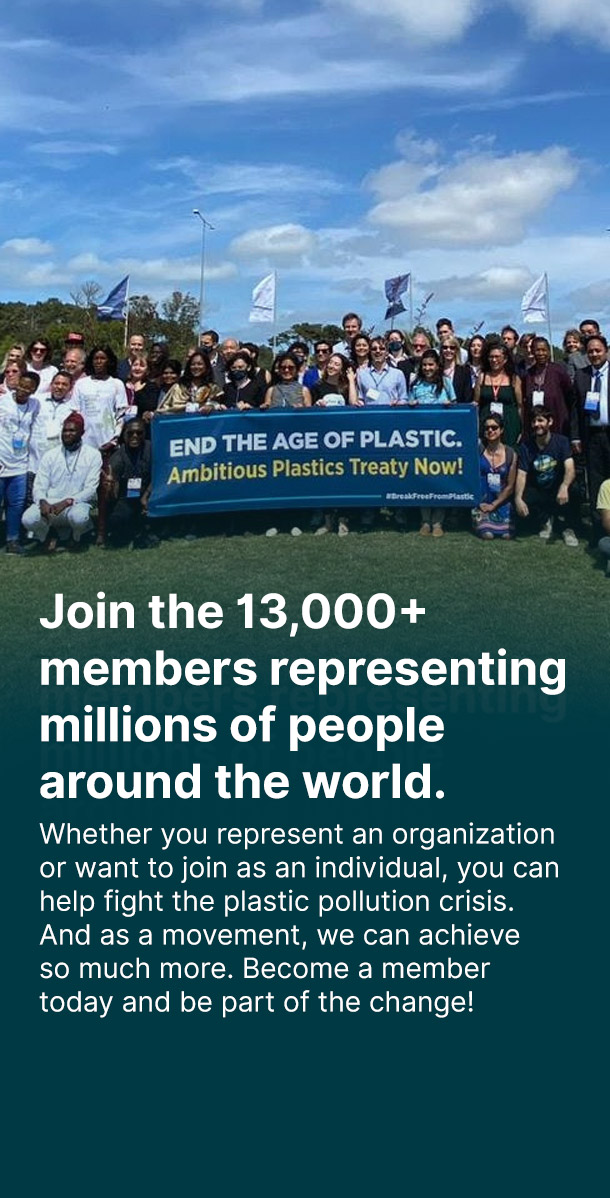Based on UNEP’s report, a lifecycle approach to end plastic pollution starts with reducing the size of the problem, which means eliminating unnecessary and problematic plastics. The remaining should be designed for circularity through reuse, refill, repair and take back systems, while finding safe ways to deal with the legacy of plastic pollution that has already accumulated in the environment. This was a strong start to the event, laying groundwork for deep and difficult discussions on what true circularity should look like, as a vision, on the ground, and as a treaty.
Before the INC-1 Plenary on Monday morning, November 28th 2022, the World Economic Forum hosted a multi-stakeholder side event focusing on reuse systems. The event was based on a recognition that reuse systems will be critical to keep materials and products in circulation longer before they require recycling, thus reducing material use and greenhouse gas emissions. I was on that panel, together with Amy Larkin of PR3, Sheila Aggarwal-Khan of UNEP, and Jodie Roussell of Nestle, hosted by Kirsten Hughes of the Global Plastic Action Partnership.
There was a consensus that in order for reuse to play a major role in redefining how goods are delivered, it needs to be enabled by shared standards, shared infrastructure, perhaps even shared containers. PR3 has developed an open source document of reuse standards to this effect, and France has passed legislation promoting reusable packaging, to name a few examples.
Imagine if today’s single-use packaging were treated as returnable and reusable, without any change in their design or collection. A shampoo bottle from Unilever would be different in shape, size, material and colour compared to a shampoo bottle from Procter & Gamble. If these bottles were returnable, Unilever and P&G could only accept their own bottles respectively. This means that either the consumer has to drop off the bottles in two different drop-off points after use, or a sorting facility would have to separate bottles by brand and washed before shipping them back to the respective producers. Imagine this challenge multiplied by one hundred as we attempt to return the used containers of detergent, mayonnaise, chips, jam, and the dozens of other items from the dozens of different brands we buy on our grocery run. This is a cost that would make it difficult for consumers and producers to maintain at scale.
Now let’s imagine an improvement to that system. The bottles are standardized and simplified to a few dozen types. Let’s say three sizes for personal care, three sizes for condiments. Maybe we start with two product types first before gradually expanding to others. The space for brand differentiation would be on the label, which also contains regulatory-compliant information on the content, make, expiry date, barcode. A paper or wax-based hygiene seal could be added to the lid. After consumption, these bottles would all enter the same bin, and get transported to a pooling facility that complies with good washing standards. The facility would wash and strip the bottles of their labels, and distribute the bottles to various consumer goods companies. The companies are no longer procuring new bottles, they have shifted that cost to a subscription fee paid to pooling facilities.
The reason why this could work is because it already has. This is a system that was once widely used for milk bottles. This is still being used in Europe for beer breweries. It is still being used in India for food tiffins. We can aim for a world in which most products are delivered to consumers in this manner. A world in which every store, every shelf displays our daily needs, in containers that are designed to be returned for reuse. And at the end of its long life of tens to hundreds of uses, the container can then be recycled. Less churning out new containers daily, less emissions-heavy chemical shapeshifting, and no end-of-life waste disposal.
For this to happen at scale, we would need standards that would allow interoperability across different brands, products and jurisdictions. In a world where the USB stick can be used in any brand of laptop and our mobile phone SIM cards work in any country that we land in, it does not make sense that plastic packaging is designed into hundreds of different categories which are individually churned out by hundreds of different brands. Standards could also work to ensure that the materials used for reuse are non-toxic and easy to recycle once it reaches the end of its long life, or that the transportation for reuse systems is carbon-neutral.
The topic of standards was brought up quite a lot during the multistakeholder forum and reuse side event at INC-1. There are demands that a global legally binding treaty could provide all countries a common ground on what is considered safe or unsafe for human health given the potential migration of toxins and dioxins from various polymers. The treaty could also provide common parameters on processes and management of materials to ensure carbon neutrality. Safety, carbon neutrality, and the interoperability of reuse delivery systems would all complement each other to create a future without problematic disposables. These could manifest as global standards, created, housed, or facilitated by the institutional governance of the treaty. If we want a safe circular system to scale globally and become accessible to everyone, we must collectively work together to have reuse principles embedded within the global plastic treaty discussions.
Tiza Mafira
Executive Director, Indonesia Plastic Bag Diet Movement




